Advantages of Closed Kitchens in Modern Architecture

In the intricate dance of architectural design, the needs program outlines a space's essential elements. Every typology has a well-defined basic needs program, from meeting rooms to bedrooms, and the kitchen, integral to any residence, is no exception. While the trend in modern design leans toward integrated kitchens, a rich tapestry of examples highlights the enduring appeal and advantages of closed kitchens. This article delves into the historical context, societal influences, and exemplary closed kitchen designs that challenge the prevailing notion that integration is the only path forward.
The Historical Fluctuation of Kitchen Design
The kitchen's role in a home, primarily centered around food preparation, has witnessed a historical oscillation between distancing and merging with other living spaces. While contemporary design often favors integrating kitchens with social areas, many properties retain conventional layouts that isolate the kitchen. Rooted in a legacy of slavery and segregation, this design choice does not inherently diminish the importance of the kitchen. Architecture, as a reflection of its occupants' needs, accommodates various lifestyles, influencing the integration or separation of the kitchen.
The term "closed" kitchen often implies a hierarchy, suggesting diminished importance compared to socially designated spaces. However, this perspective needs revision. The kitchen is a spatial element that demands equal, if not more, attention to detail. It requires meticulous ergonomic care, appropriate heights, generous circulation space, and elements tailored to meet the diverse needs of its occupants. This article dismantles the notion that a closed kitchen is inherently less important by showcasing exceptional examples of well-designed closed kitchens.
Exploring Exceptional Closed Kitchen Designs:
Apartamento no Paulicéia / Vereda Arquitetos

The kitchen and laundry are expanded and integrated, sharing a unified space with increased natural lighting.
Apiacás House Renovation / entre escalas
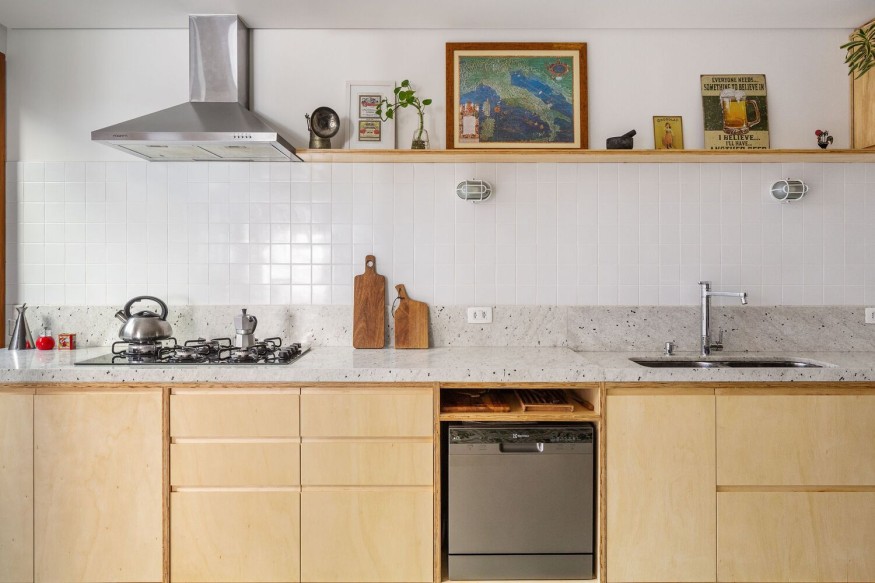
Integration of kitchen, living room, and patio creates a seamless transition and emphasizes continuity.
Copan Apartment / Vereda Arquitetos

Apply bluish terrazzo in the kitchen and bathroom, connecting with the vibrant colors of the living room.
Apartamento Saint Honoré / Memola Estúdio + Vitor Penha
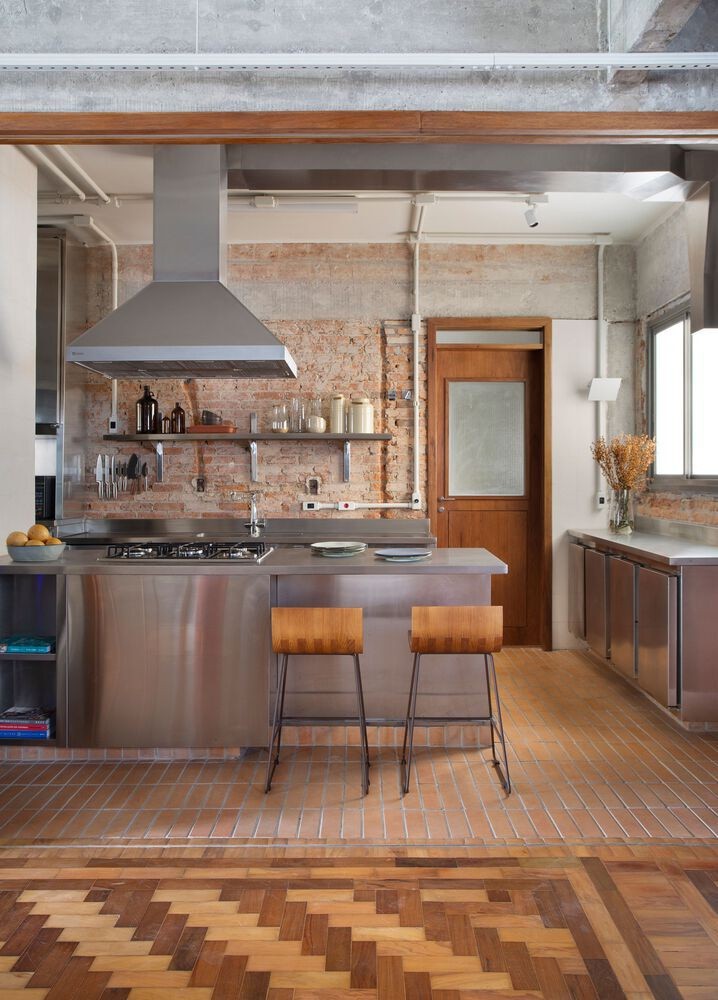
The introduction of a movable wooden and glass framework offers options for integration or separation of spaces.
House on the City Walls / PAr Plataforma de ARquitectura + Rita Alves M arch
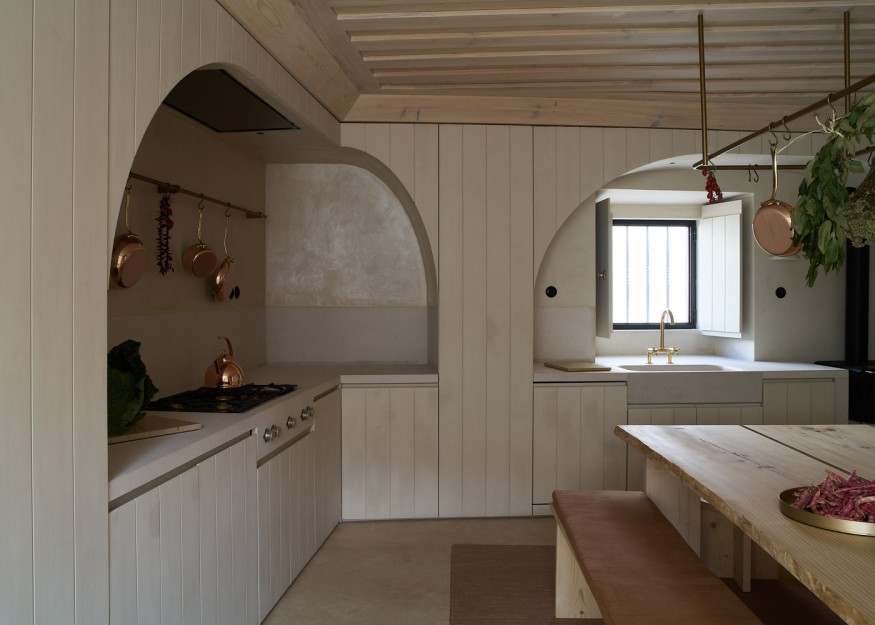
Repurposing rooms, including a generous kitchen with arches and niches, creates a unique design.
Minho House / Meireles Pavan Arquitetura
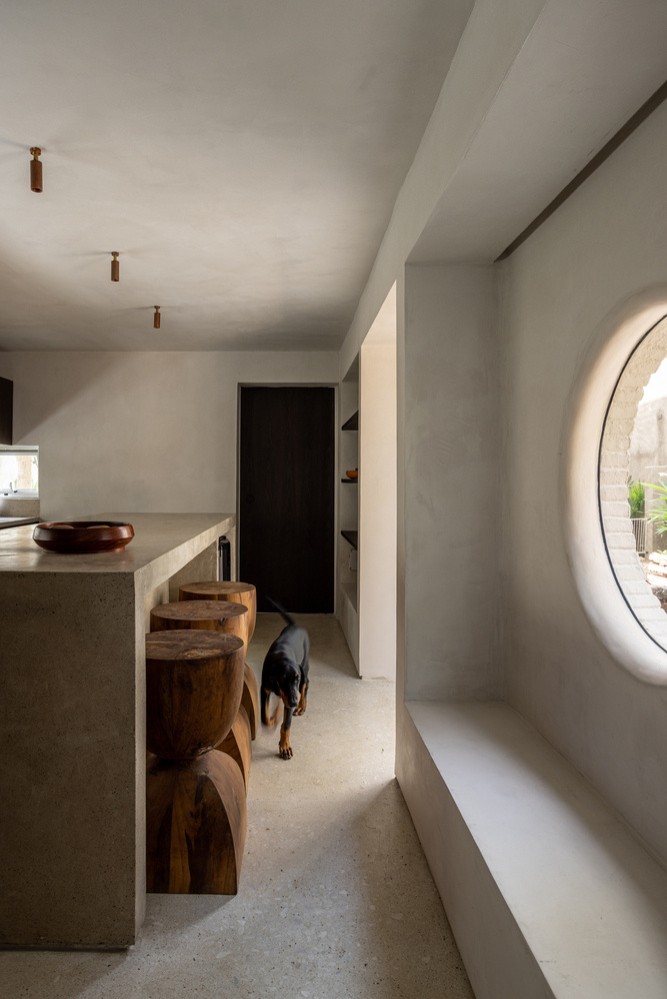
Distribution changes, expanding the kitchen, and integrating service rooms to expand the main bedroom.
Piauí Apartment / SuperLimão
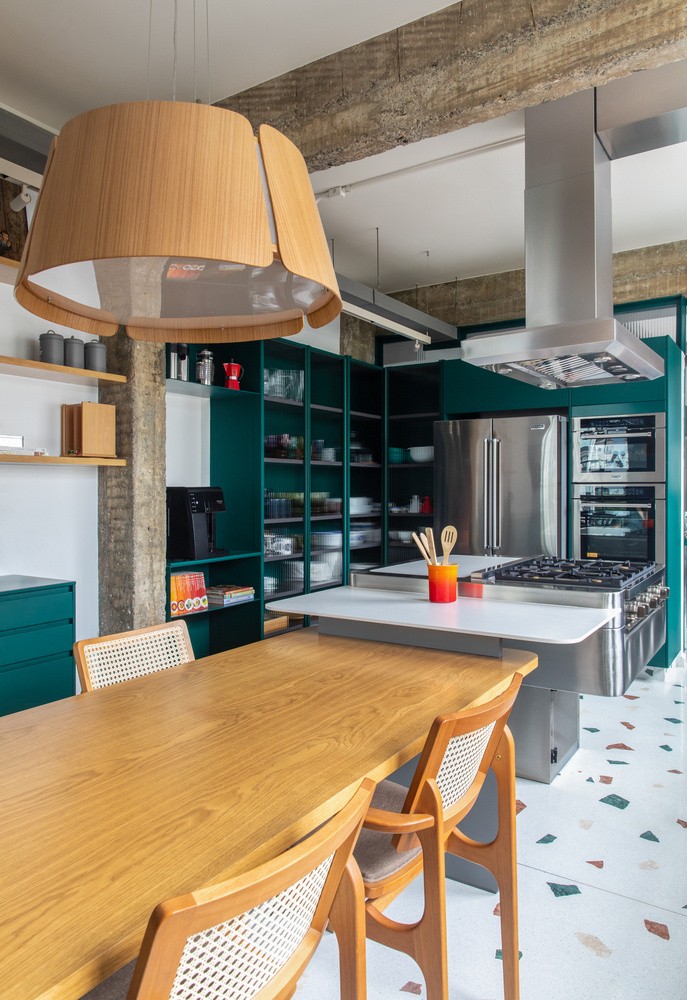
Preserving the existing architecture, eliminating compartmentalization, and reusing materials for sustainability.
A House between a Museum and a Kitchen / Jesús Aparicio Guisado
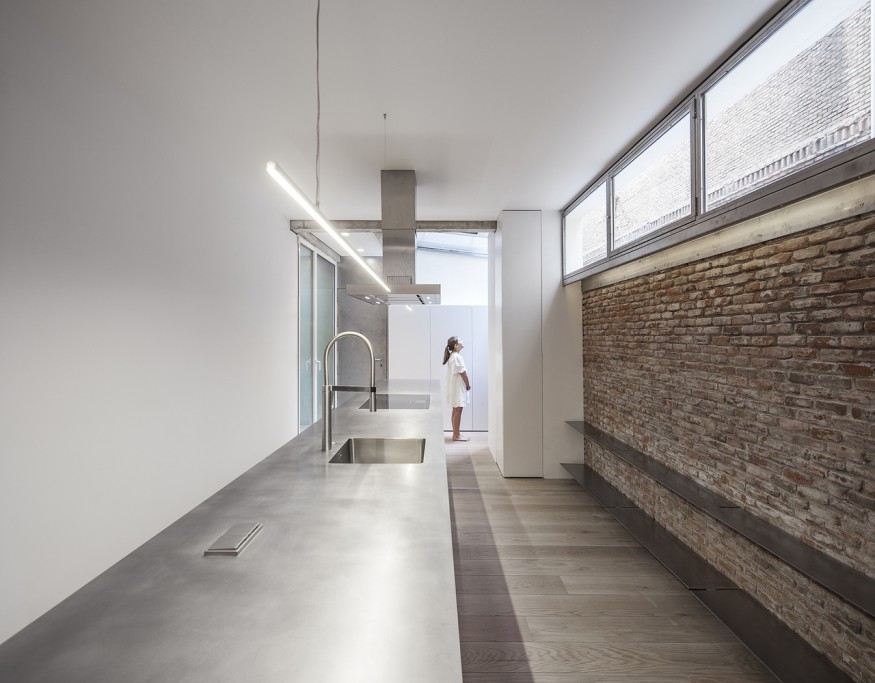
Tightening the apartment between a living room with a view and a bright kitchen creates a balance.
Apartamento Akyma / Estúdio BRA Arquitetur
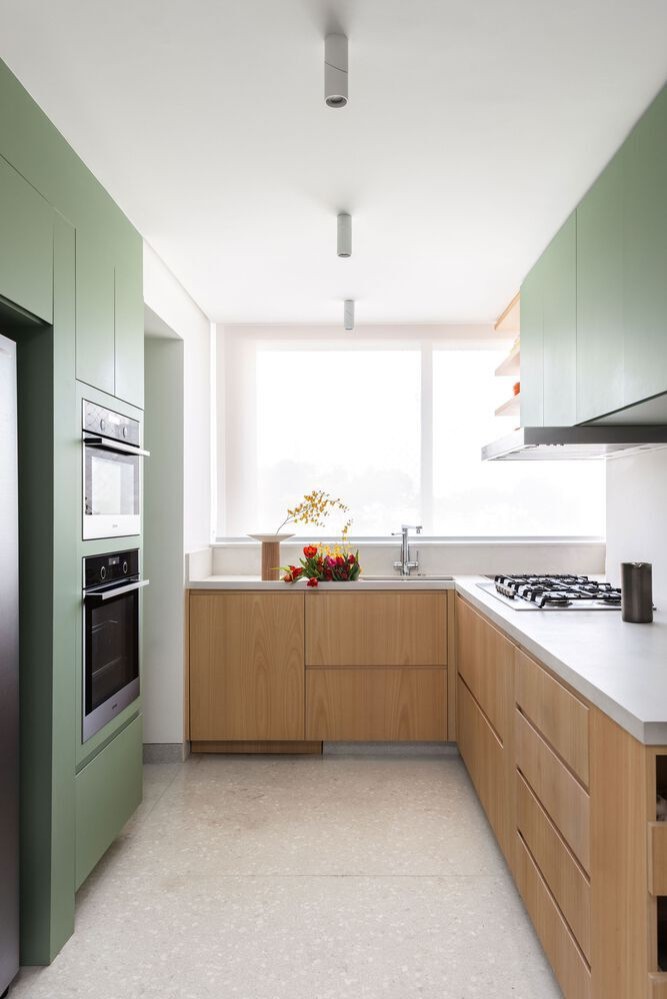
Creation of a single space for kitchen and dining, separated by a carpentry door, with careful material selection.
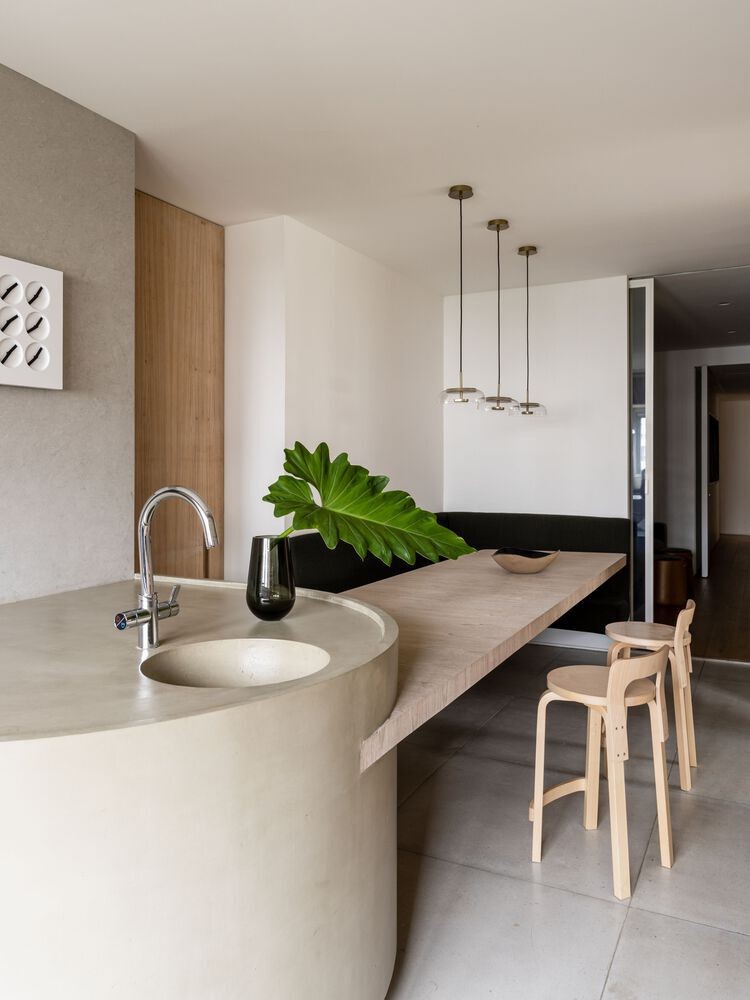
Integration of certified materials, emphasizing environmentally and socially conscious choices for a comprehensive selection.
These examples demonstrate the diverse possibilities and unique aesthetics achievable with closed kitchens, challenging the notion that integration is the only path to a functional and beautiful living space.
Advantages of Closed Kitchens:
- Privacy and Practicality: Closed kitchens preserve privacy, containing odors, noise, and visual clutter, providing a tranquil living environment.
- Aesthetic Considerations: Closed kitchens offer creative freedom, adopting distinct design languages and contributing to a visually dynamic home environment.
- Ergonomics: Meticulously designed closed kitchens can offer heightened ergonomic efficiency, ensuring appropriate heights, circulation space, and elements tailored to occupants' needs.
In conclusion, the closed kitchen emerges as a timeless and pragmatic choice in residential design. While societal trends may sway towards integration, it is essential to recognize the unique advantages that closed kitchens bring. From preserving privacy to offering creative design possibilities, closed kitchens stand as a testament to architectural design's adaptability and personalized nature. Architects and homeowners alike should approach kitchen design with an open mind, considering the ergonomic, practical, and aesthetic aspects that make closed kitchens a viable and often preferable option. The kitchen, whether integrated or closed, continues to evolve, catering to its occupants' diverse lifestyles and preferences.
Related Article : Interior Designers Offer Candid Insights Into 2024 Home Decor Trends
From Digital Models to 3D-Printed Homes: Jaspreet Kaur Lall Explains How the Innovation Changes the Construction Industry

Future Belongs to Green Construction: Sampath Kumar Paspunoori Explains One of the Key Trends in the Construction Industry

Kamala Harris' Campaign Ad Uses Iconic Visuals from Carrie Mae Weems to Connect with Voters

Historic Ancient Roman Ruins in Baalbek Remain Strong After Israeli Air Strikes; Locals Seek Cultural Protection

4 Ways to Honor Departed Loved Ones in Your Home Design












